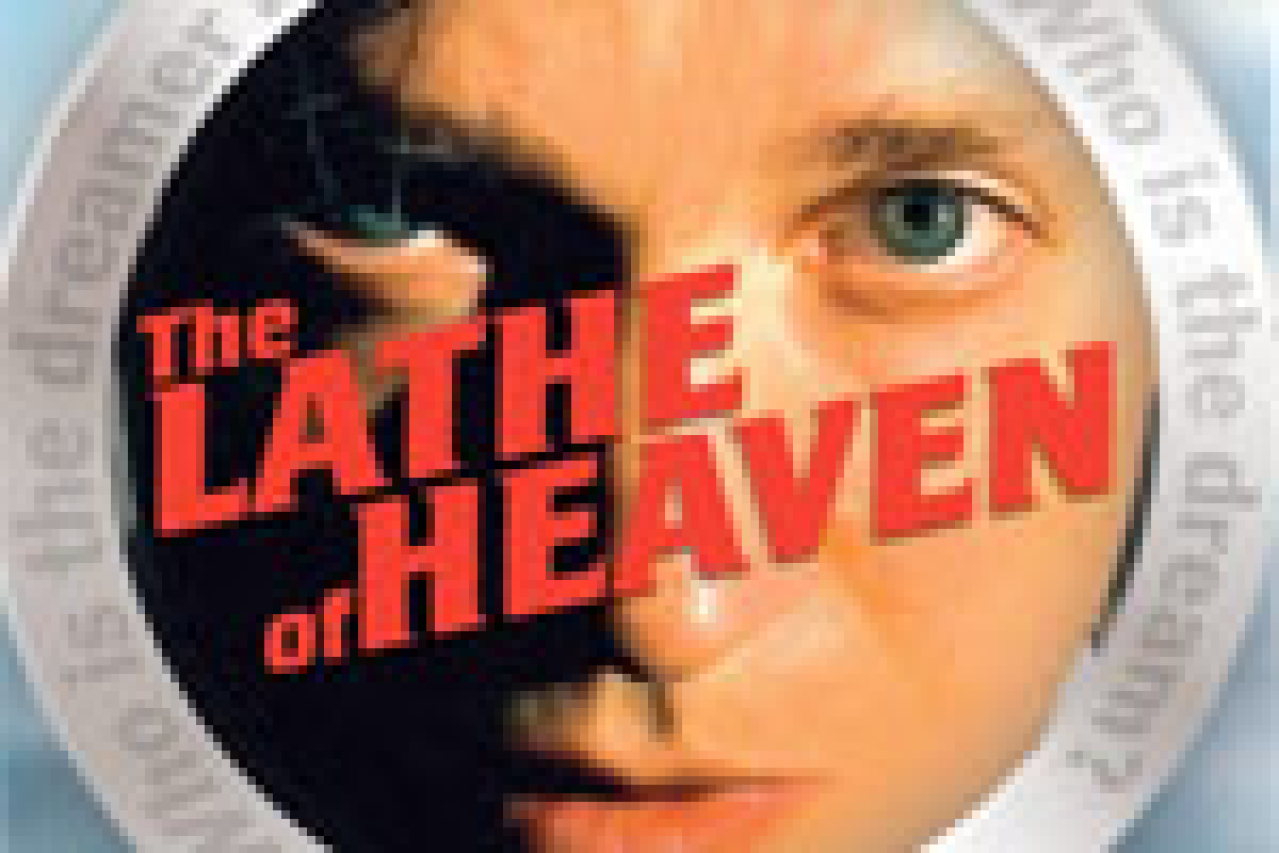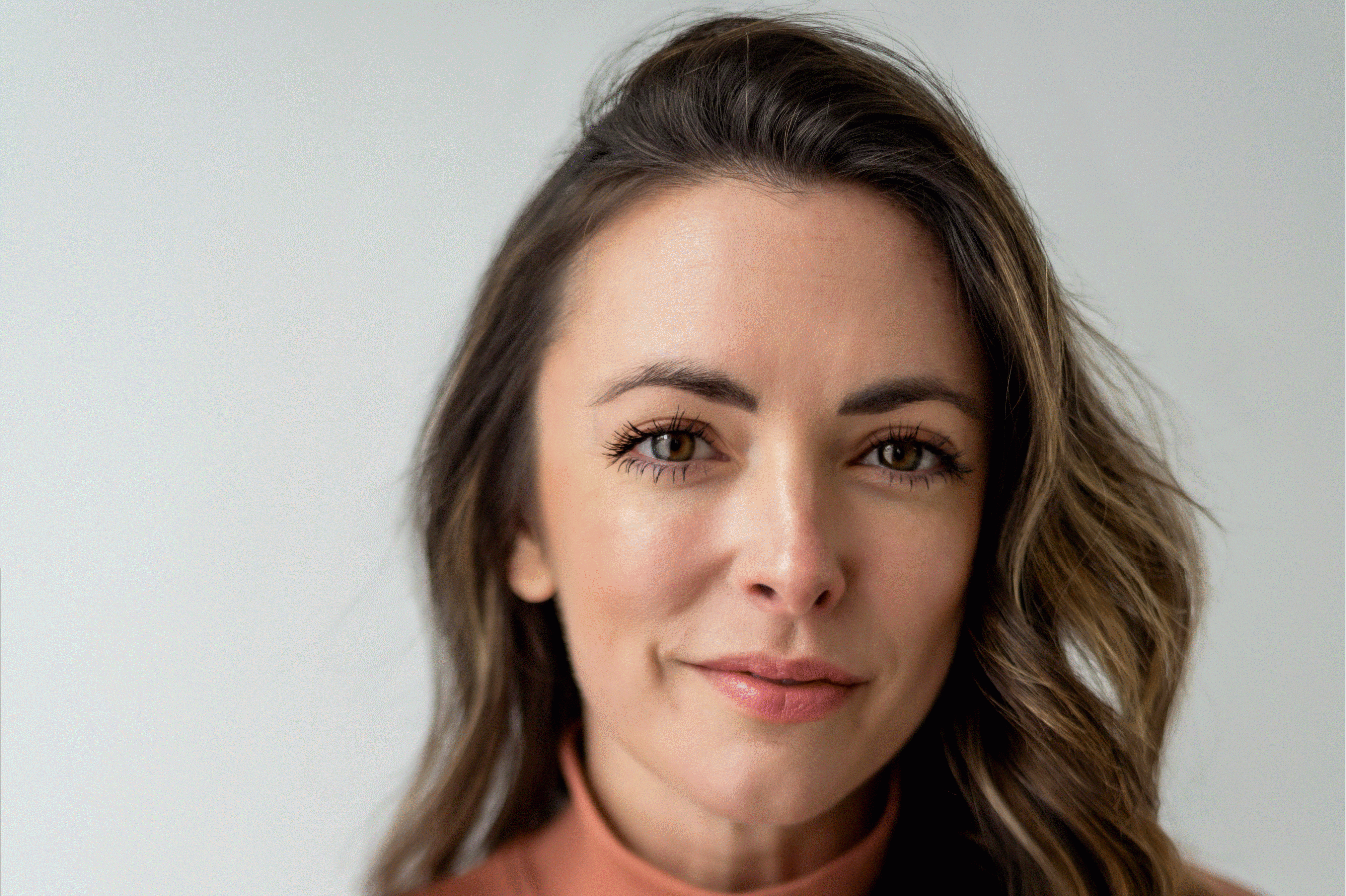The Lathe of Heaven

in The Lathe of Heaven
(© Jane Stein)
With admirable simplicity, Edward Einhorn, artistic director of Untitled Theater Company No. 61, has translated Ursula K. Le Guin’s thematically complex 1971 sci-fi novel The Lathe of Heaven into a striking theater piece, optimally staged in the futuristic 3LD Art & Technology Center.
Jane Stein’s minimalist black-box set gets the job done: a smattering of boulders, a dandelion pushing up through concrete, and a slab representing the clinic bed on which George Orr (Robert Honeywell, effective as a troubled but essentially principled Everyman) does his presumably therapeutic dreaming, while his visions play out along white-curtained walls.
George has a gift: not just for prophetic dreaming (that would be too commonplace), but for what he terms “effective” dreaming: whatever he envisions not only comes true, it becomes true retroactively — supplanting the previous reality in the common perception, and thereby rewriting history. Ever since a teenage antipathy toward a relative resulted in her death, George has had good reason to fear his dreams.
His aversion to sleep leads to an addiction to uppers, which in turn leads to court-mandated therapy, at the hands of a low-ranking but power-hungry oneirologist, or dream specialist, Dr. Haber (Eric Oleson). At first, Oleson seems weak-voiced and a bit too wishy-washy in the role, but the character gradually takes shape as just the kind of weedy striver who might harbor dreams of world domination.
During the dreams induced by Dr. Haber’s “Augmentor” (a rather silly-looking Buck Rogers-style plastic helmet) and steered by his hypnagogic suggestions, George brings about a series of cosmic cataclysms, all suggestive of the adage “Be careful what you wish for” — or dream of. Plagues, wars, an invasion from outer space – all is grist for Haber’s ambition.
Meanwhile, George’s own desires are much more down-to-earth. He yearns to reconnect with nature and, having grown increasingly uneasy over Haber’s methodology and agenda, he’s drawn to an ACLU lawyer, Heather LeLache (Caroline Samaan), who volunteers to oversee a dream session.
Upstage right, a stalwart singer (John Gallop III) has been delivering, in pure, strong tones, the haunting plainsong of Henry Akona’s score, accompanied by piano and cello. In act two, when the humans have all turned putty-gray (George wanted to see an end to racism — but not the delight of difference), the singer is glowing green and sporting a coppery turtle’s carapace.
LeGuin wove a simple Taoist message into her intricate cautionary tale, and it’s beautifully delivered here, by means of enchantment, rather than didacticism.











